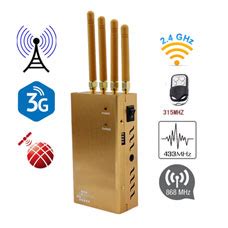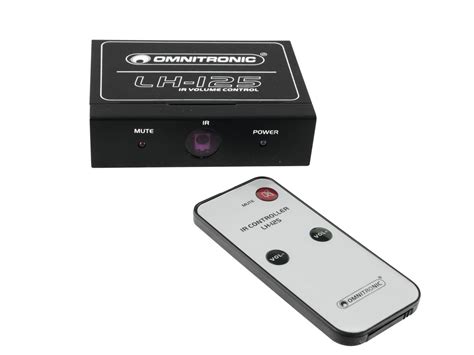
Volume Controller Circuit: Complete Guide on How to Build one
Introduction to Volume Controller Circuits A volume controller circuit is an essential component in many audio systems, allowing users to adjust the output level of[…]
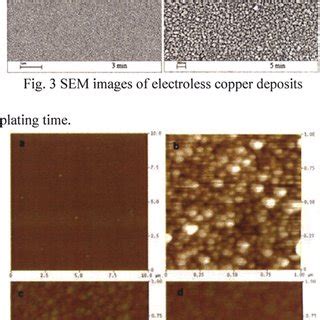
Electroless copper deposition
Introduction to Electroless Cu Plating Electroless copper (Cu) deposition is a chemical process that allows for the coating of Cu onto various substrate materials without[…]
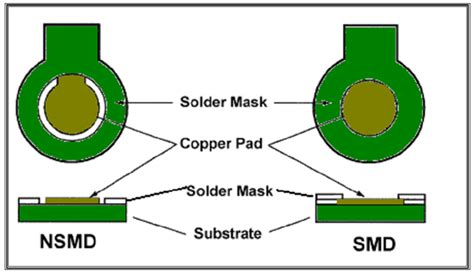
Solder Mask Material–About Solder Mask Material What You Need to Know
What is Solder Mask? Solder mask is a polymer-based coating that is applied to the copper traces of a PCB. Its primary purpose is to[…]

Black Pad: Everything You Need to Know
What is BlackPad? BlackPad is a revolutionary new tablet computer designed and manufactured by Research In Motion (RIM), the company behind the popular BlackBerry smartphone.[…]
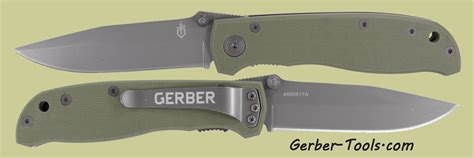
Standard Gerber declared obsolete
The End of an Era for Gerber Files In a major announcement that has sent shockwaves through the electronics industry, the standard Gerber file format,[…]
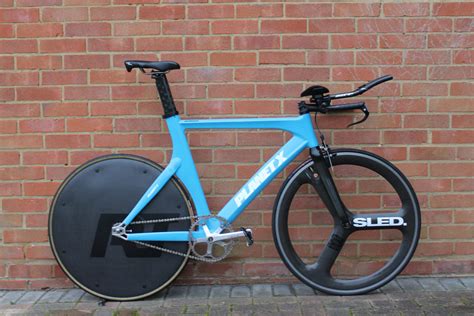
What is track to track (TT)?
Importance of Track to Track Distance The Track to Track distance is essential for several reasons: Signal Integrity: Proper spacing between traces helps minimize crosstalk,[…]
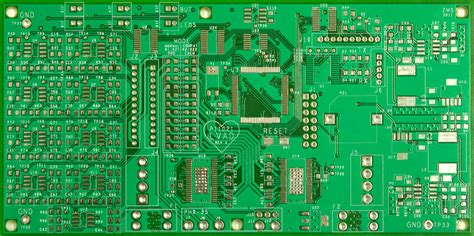
32 Layer Printed Circuit Boards-What Should You Know
Introduction to PCB Layers Printed Circuit Boards (PCBs) are the backbone of modern electronics. They provide the electrical connections and mechanical support for electronic components[…]
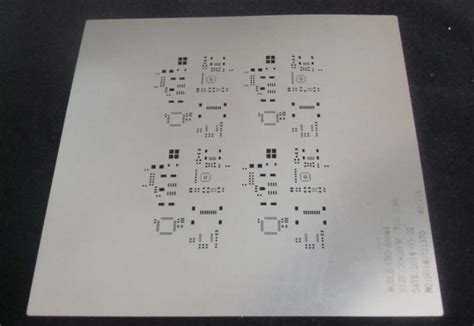
Comprehensive Guide to SMT Stencils
Introduction to SMT Stencils Surface Mount Technology (SMT) stencils are essential tools in the electronics manufacturing industry. They play a crucial role in the accurate[…]
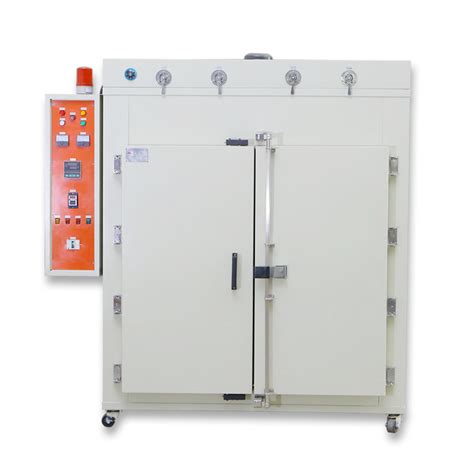
How to Bake PCBs and Components – 2024 Comprehensive Guide
Introduction to PCB Baking PCB (Printed Circuit Board) baking is a process that helps to remove moisture from the board and its components before the[…]
